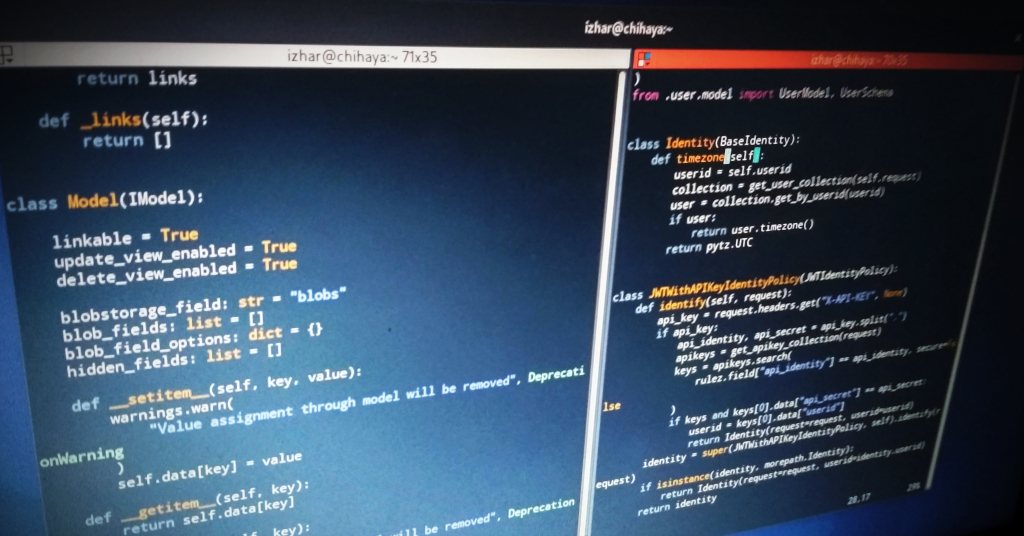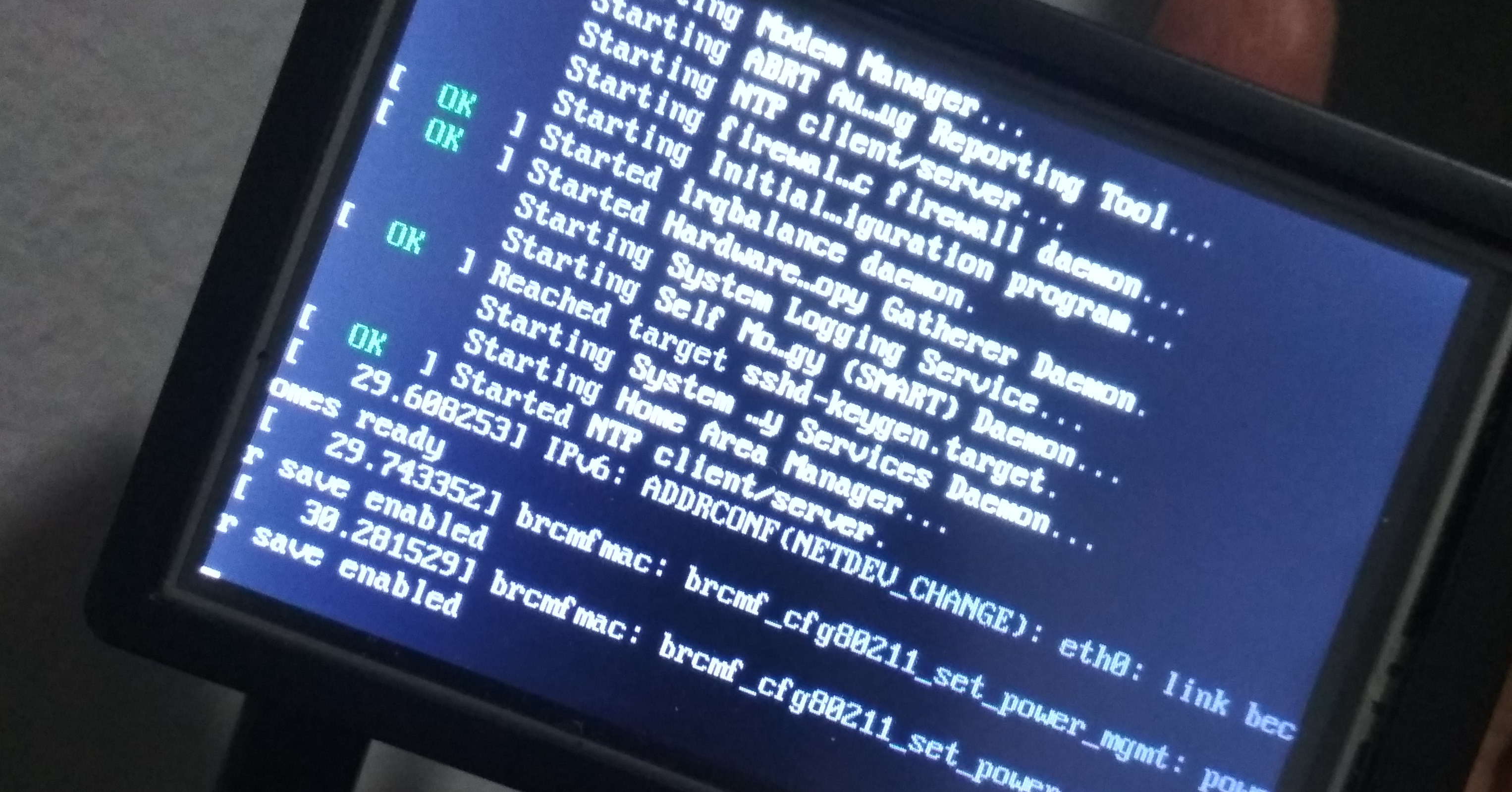If you develop system tools or desktop software on Linux that also have an
accompanying web application, you might want to have a way for the web application
to launch the tool with some parameters specified through a web based link. For
example, a link with dnf://inkscape as url, might be used to launch
Gnome Software, and display the description of Inkscape, so that user may choose
to install it or not.
In Linux, registering a custom URL handler can be done using XDG desktop file, of which
it is configured to open x-scheme-handler MimeType.
To achieve this, you can simply create a .desktop in ~/.local/share/applications/, or
/usr/local/share/applications, and configure it with MimeType=x-scheme-handler/<your-custom-proto>. If nothing went wrong with the setup, you should be able to open links
with the custom url protocol afterwards.
For example, if you have a script dnfurl which takes dnf://<package-name> as its
first parameter and launch Gnome Software with the package name, you can create a .desktop
file with this content:
[Desktop Entry]
Version=1.0
Type=Application
Name=dnfurl
Exec=dnfurl %U
Terminal=false
NoDisplay=true
MimeType=x-scheme-handler/dnf
After installing the .desktop file, do run update-desktop-database to update the related
indexes/cache. If you installed the .desktop file in ~/.local/share/applications/, you will have to run update-desktop-database ~/.local/share/applications.
If you interested with the example dnfurl program above, you can check it out at this git
repository: github.com/kagesenshi/dnfurl. Or if you are in Fedora, you can install
it from copr by running:
dnf copr enable izhar/dnfurl
dnf install dnfurl
Have fun~.



 How to get ILI9486 Raspberry Pi 3.5" LCD to work with Fedora ARM
How to get ILI9486 Raspberry Pi 3.5" LCD to work with Fedora ARM 